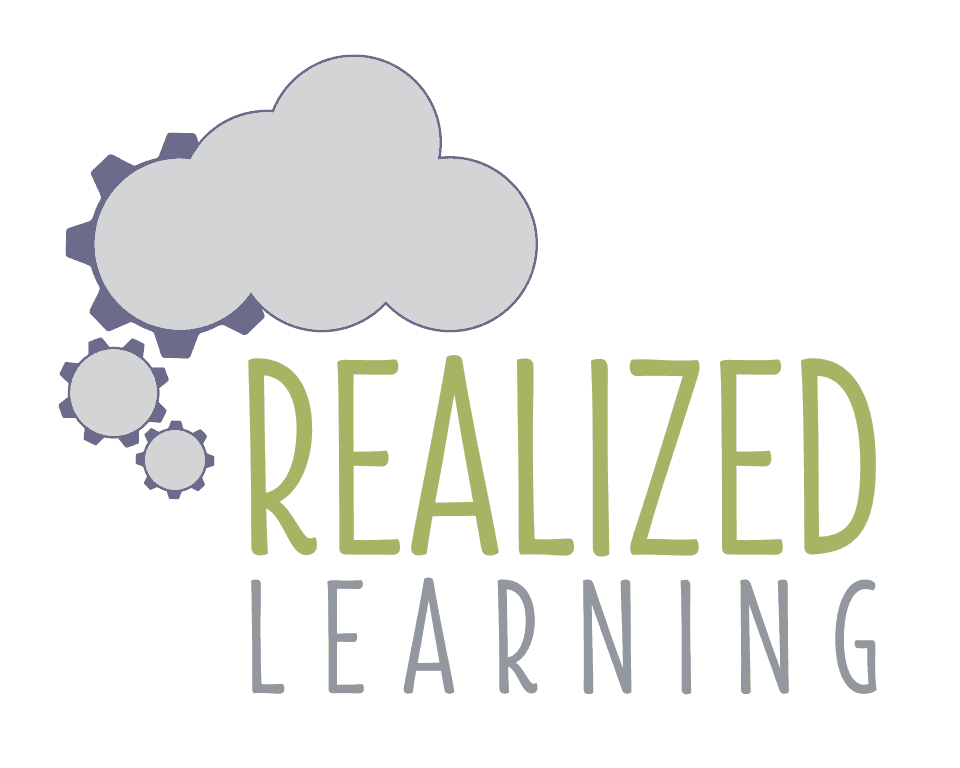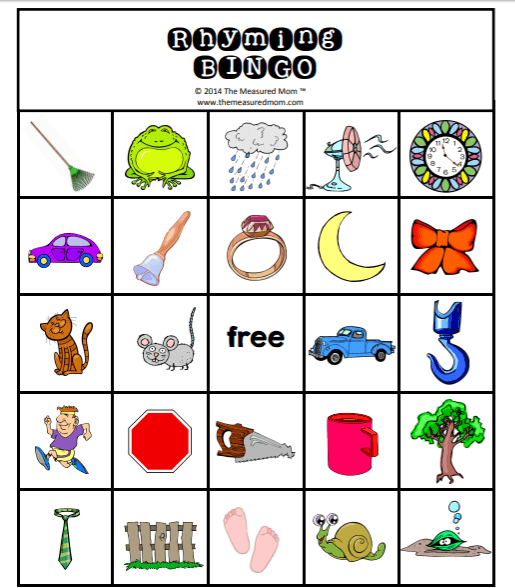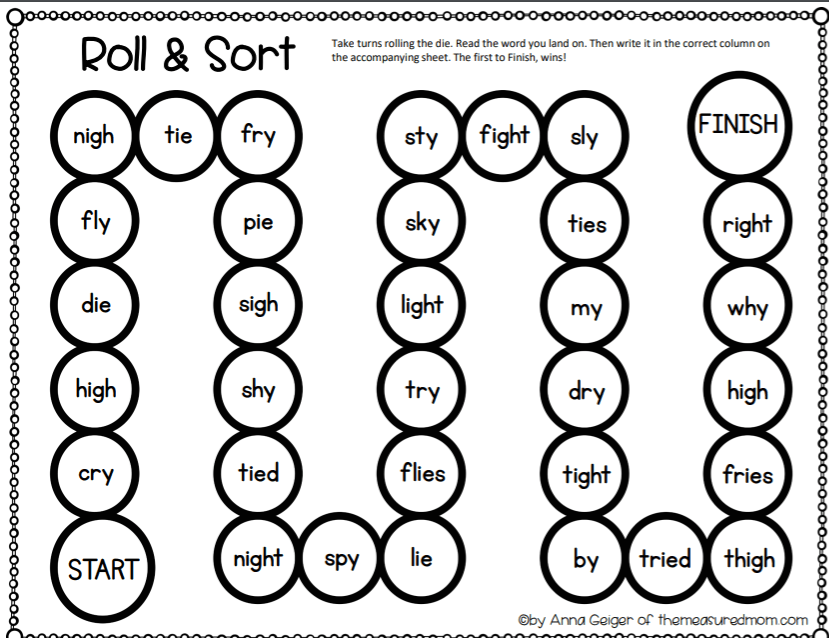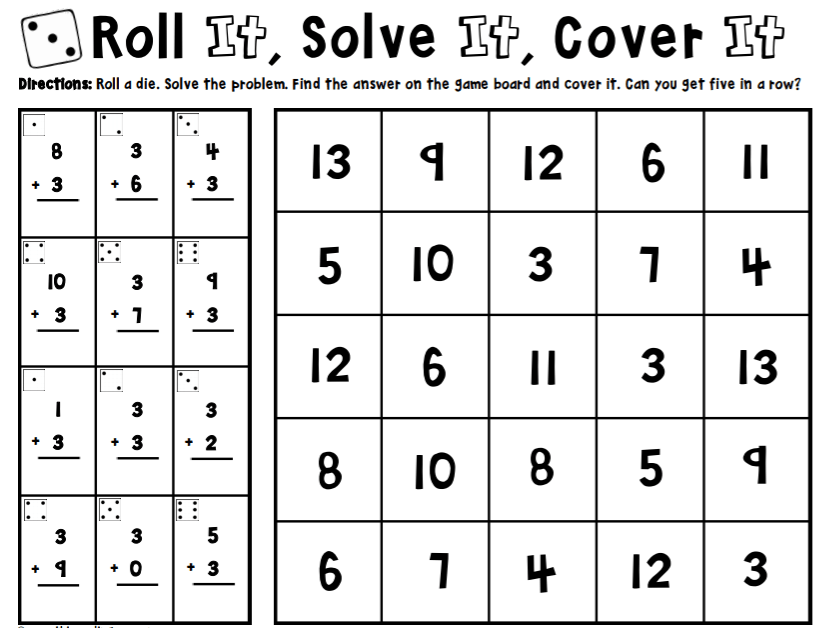As an educator, I subscribe to a lot of teacher sites and blogs. Over the past week, my inbox has steadily been filling up with email after email directed at parents who are now staying home. These emails are typically offering to instruct parents how to teach. While that is helpful for some, that content may not be realistic for all parents, and may even be overwhelming. A lot of parents are working from home, dealing with the transition to their new setup, and do not have time to learn how to become teachers. But here’s where parents have a leg up: every parent is their child’s first teacher. Any parent can do the basics, and going back to basics is not a bad thing. Children need review and continued practice to maintain skills. Below you’ll find my three tips for homeschool success.
Have a Routine
With the days stretching on and each hour blending into the next, it is so easy to get off track with a routine. But children crave routine (even though they may not realize it, or vocally crave it the way they do snacks). It gives them structure and also a sense of responsibility. That’s not to say you can’t have days of spontaneous fun or unstructured time. But to get the best results from at home learning, you should set up a daily routine and STICK TO IT! If your child knows they can get out of their 30-minute reading time at 10 am, your routine will fall apart. You should have designated time set aside for academics each day. Be sure to factor breaks in between subjects and don’t ask your child to sit and work for more than 45 minutes at a time. Keeping a schedule each day will help your child know what to expect and provide predictability and structure during a time when circumstances feel like they’re anything but. Other aspects of a daily schedule you may consider are time for house chores and going outside for some fresh air. Getting outside is just as important as academics. It is beneficial for your mental and physical health. If you don’t live in an area where you can easily access the outdoors, you may want to drive to a state forest or hiking area. It’s a great reset and your family will feel refreshed.
Keep it simple
The basics of learning are important to review. These include mental math facts like numbers that add to make ten, doubles facts, and multiplication/division facts. They also include sight words and reading fluency for young readers. And don’t forget the basics of writing, such as paragraph form and checking your work. These are all fairly simple to teach and can be done with games too!
If your child is a more advanced student or in the upper grades, they probably have assignments from school. But reading, writing, and math can be done at home without internet access. Summarizing an article, writing an opinion or persuasive essay, or doing a mini research project on a topic of choice does not require anything but paper, a pencil, and some books. If your child has a sense of humor, ask them to write a 5 paragraph persuasive essay (intro and conclusion included) on something completely ridiculous like why they should be allowed to have a pet porcupine. They could also write up a broadcast on something completely made up and record it. Get creative and have fun!
Make it fun
Practicing basic facts does not have to be boring! There are so many resources online and games for the basics that I mentioned above, but even if you don’t have internet access, there are so many simple games you can put together at home.
- Go Fish
- The Memory Game
For both of these games, you can use the same set of cards. For sight word practice, write each sight word on two index cards. For math facts, have one index card with the math fact, such as 6×5, and the matching card with the answer, 30.
- Bingo
Your child should create the bingo cards for the players. The bingo cards will feature the math fact answer, or the sight word. They can also make the calling cards. The calling cards will also be sight words, or for math, they will be the math fact. This activity in and of itself is good practice.
- Black Jack or 21
This is a super fun game for mental math. My students love it! You have to get to the number 21 (or any number you choose) without going over. Your child will have to add mentally and not use counting up or their fingers!
Reading Fluency
For reading fluency, you can find free reader’s theater scripts online or if you have a children’s book of plays at home, you can use that. These are so fun and help build fluency because you have to read the same lines over and over. You can practice reading in silly, different voices and reading with expression. You can switch parts too. Get the whole family involved! It’s even more fun once your child develops fluency with their part. They can then find household props and act it out. Record it to play back and have a laugh!
Writing
The first thing that comes to mind for most people is journaling, but for some kids, that’s not very fun or they don’t know what to write about. After all, there’s not much to say about your day inside the house. You and your child can answer a “would you rather” question and write three reasons for your choice. Then compare! You can assign your child a writing prompt a day. You can also use story starters if your child likes to do creative writing. For example, give your child an index card that reads, “As I was walking through the woods on a bright, crisp morning, I suddenly stumbled. When I looked down to see what had caught my foot, I saw a brass handle attached to what looked like a small square door…” They’ll be so excited to tell their version of the story! You can set a timer and write for 20 minutes. Then check in. Your child might be ready to write for longer!
I hope these tips are helpful, but if you are not able to sit and work with your child, which is completely understandable, I offer virtual tutoring that’s structured to fit your child’s needs. Contact me to learn more about how I can support you child.




